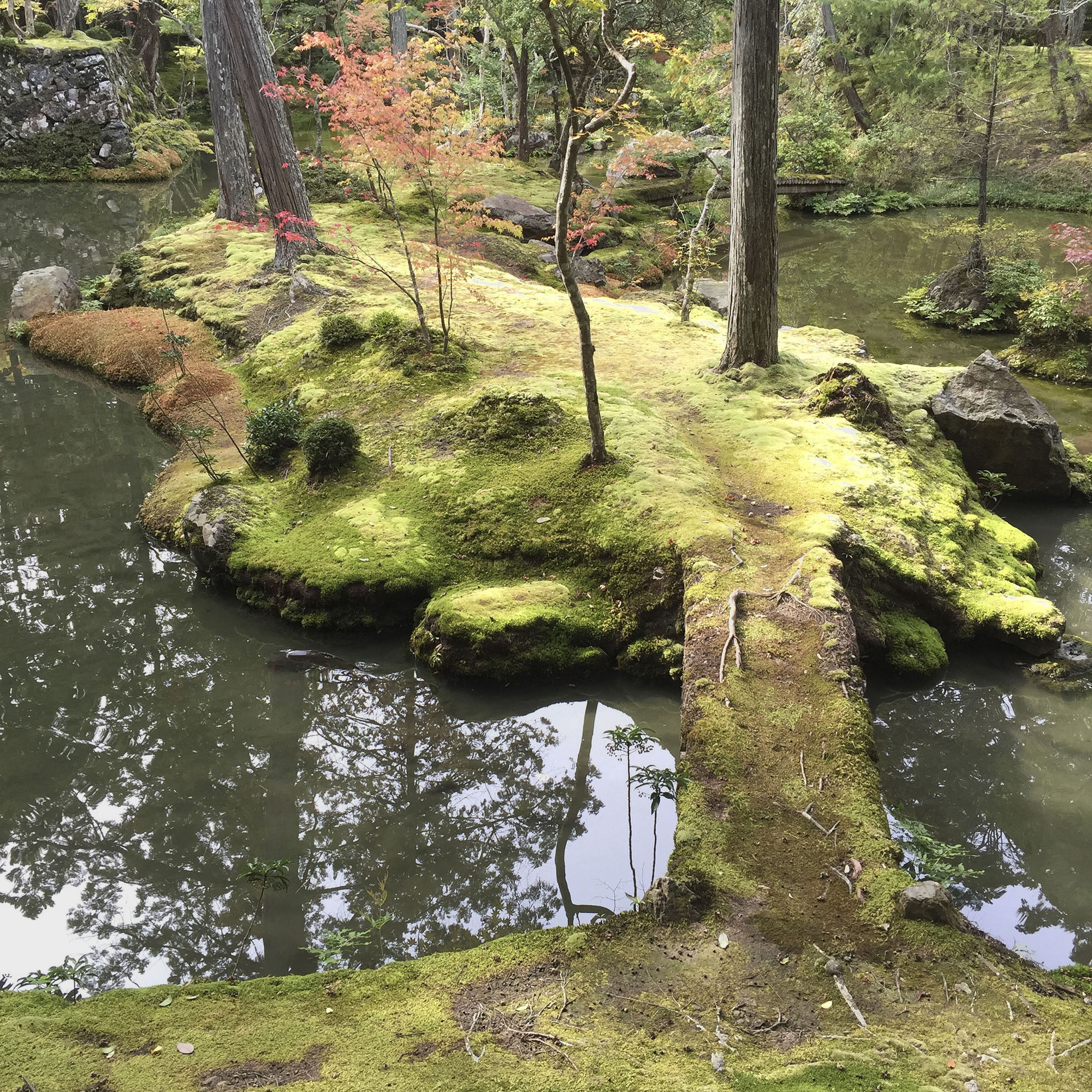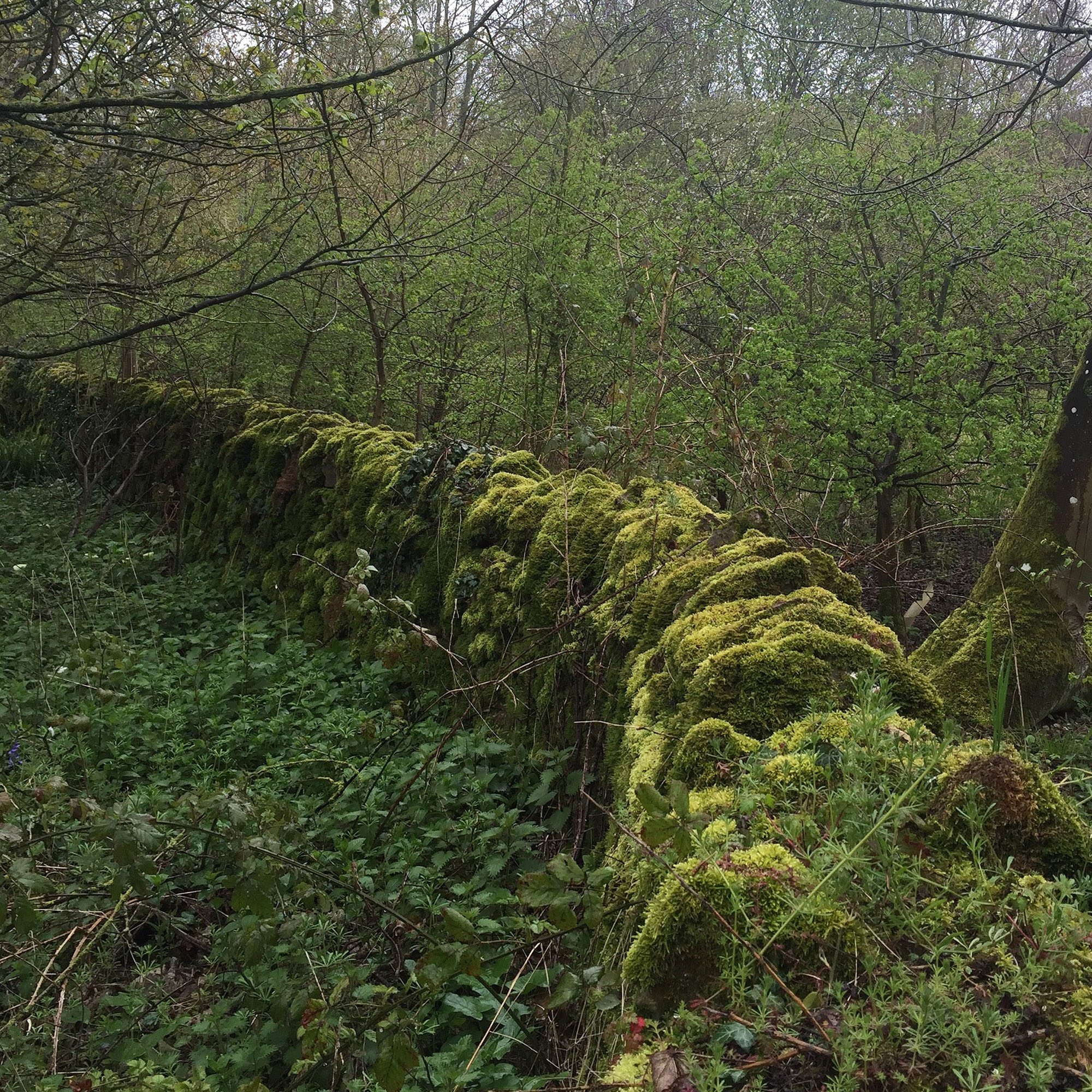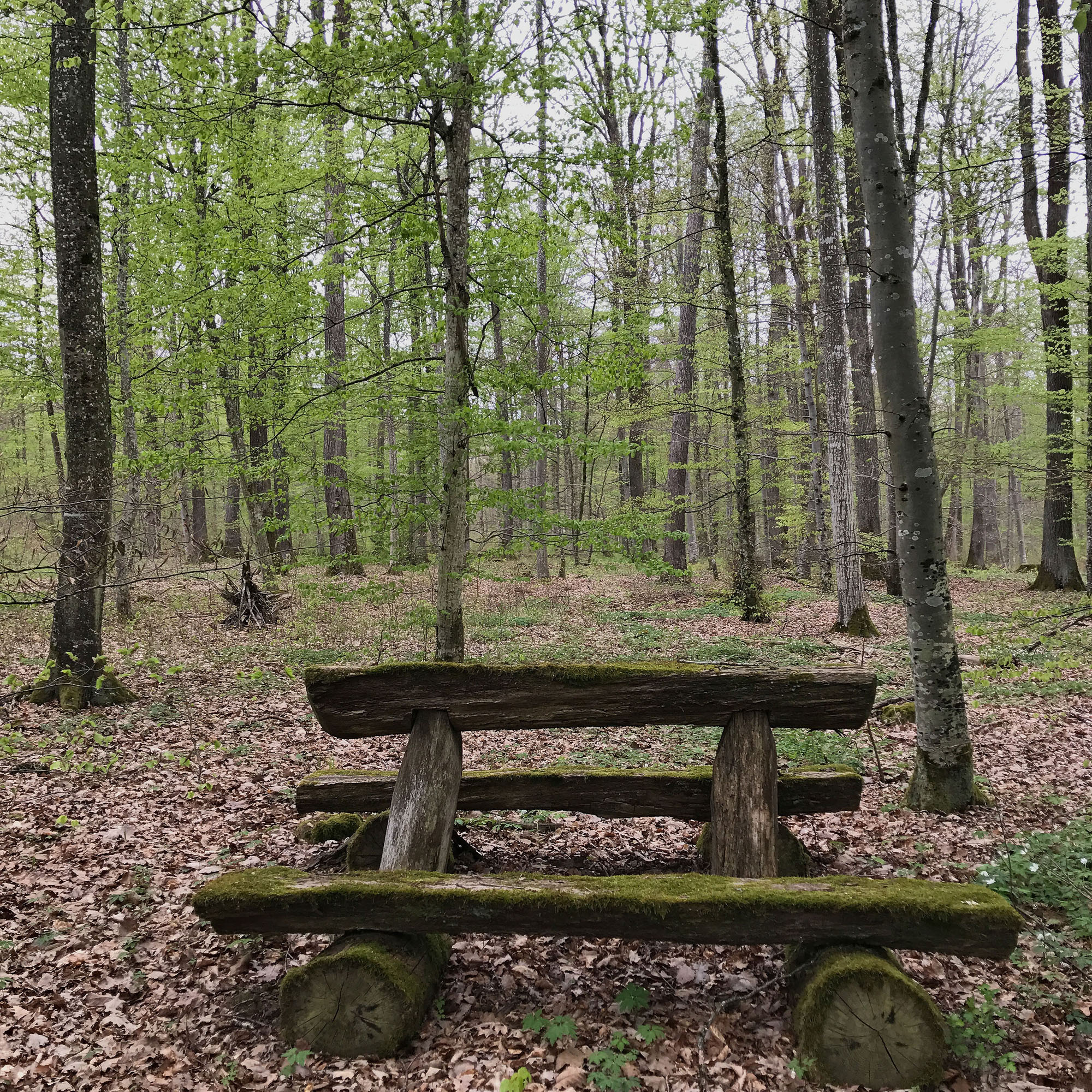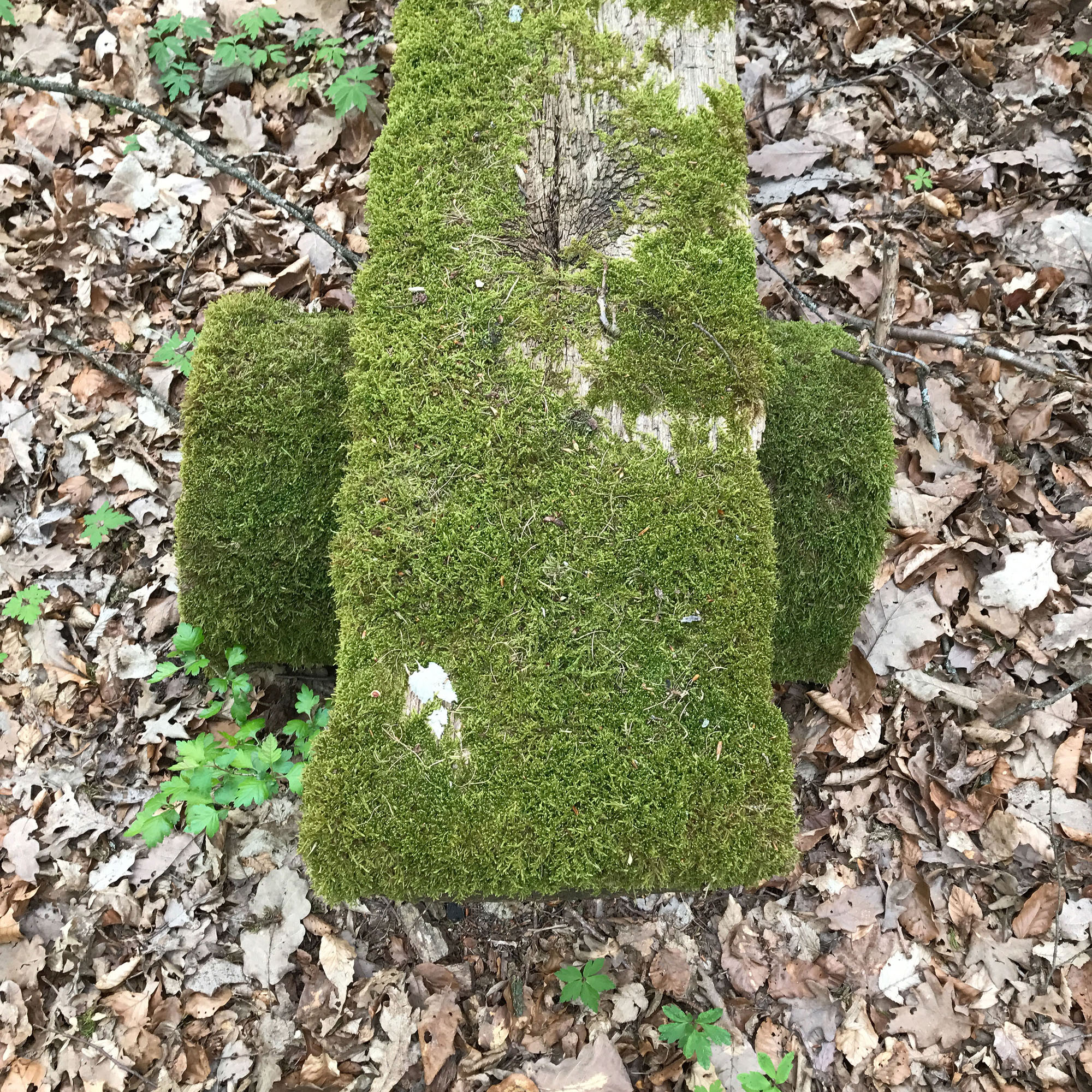




‘In some mysterious way woods have never seemed to me to be static things. In physical terms, I move through them; yet in metaphysical ones, they seem to move through me.’ John Fowles
As nature is in a state of perpetual growth and flux, so is the world of forms made by human hands. Indoors, these changes are typically measured in the smallest increments of evolution — the smoothing and darkening of a timber board or handrail over time through repeated touch and polishing, the slow abrasion of the most trodden centre of a stone step. Outside more rapid and wholesale processes of assimilation play out, as surfaces and junctions become the context for entirely new layers of colour and texture.



Photography
John Pawson